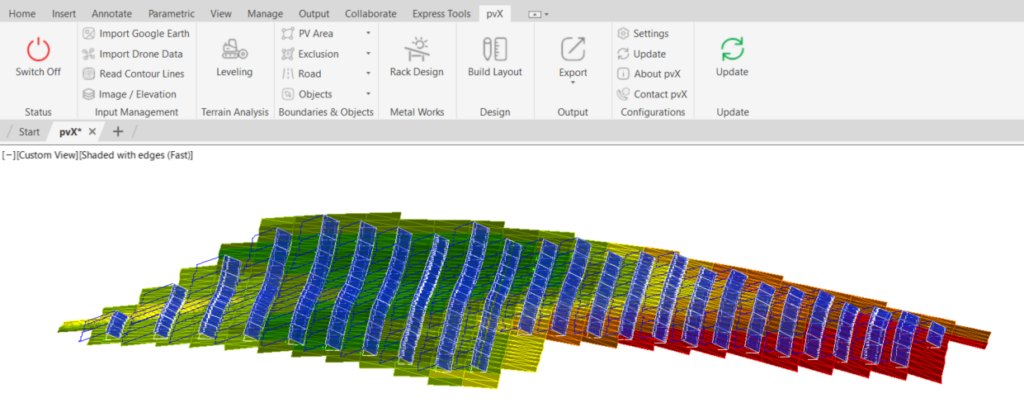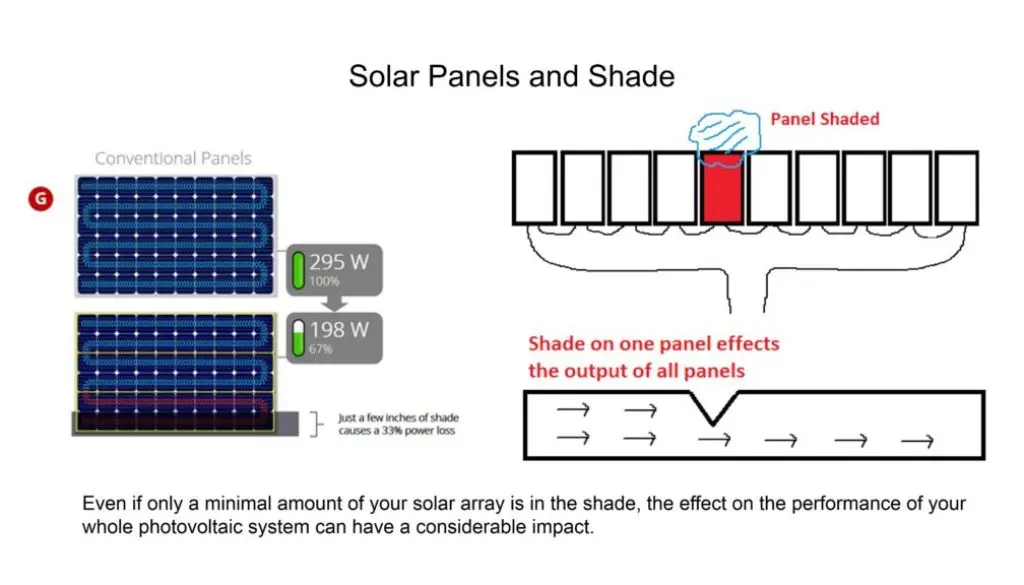What is Dynamic Pitch Distance?
And why is it important?
Solar energy has been racing ahead, but here’s the thing: efficiency is still the name of the game if we want sustainable power to truly shine (Pun intended). That’s why, we still think that ignoring a tool like pvX is definitely hurting your bottom line.
And while we spend plenty of time debating panel efficiency and the latest inverter models, we sometimes overlook a big player in boosting output—the space between those panels.
Get that right, and you’re squeezing out more juice without even touching the panel count.
This method fine-tunes the spacing between racks, adjusting it based on real-world factors like sun angles and the natural slope of the land.
In short, it’s a smarter design for smarter solar farms.
However, how does it make a difference in your solar yield? To understand that, we need to first understand what it does, and how.

What is Dynamic Pitch Distancing in Solar Energy?
Dynamic Pitch Distancing, at its core, is a clever way to rethink the space between solar panel rows—or racks, if we’re being precise.
Unlike the old-school methods, this approach shifts the distance between racks on the fly, taking into account real-time factors like where the sun is hanging in the sky, what time of year it is, and how the land is shaped beneath your feet. All of this is done of course to battle shading.
So this means it ensures that each panel soaks up maximum sunlight no matter the season or the location. Traditional layouts tend to pack racks too tight, and when the sun’s angle drops—think winter or those morning and evening hours—the back rows lose out.
This method is smarter. It considers how the sun behaves in a specific spot, across the year, and even factors in the slope of the land.
On a southern slope, you can afford to tighten up the racks since shading is less of a headache, while a northern slope might demand some breathing room between rows to keep those shadows in check.
By fine-tuning the spacing for each row, Dynamic Pitch Distancing makes sure every panel gets its fair share of sunlight, squeezing more energy out of the same solar farm footprint.
And the best part? You’re getting that extra production without having to tack on more panels or stretch the array.

The Effects of Shading.
Even the smallest bit of shade can send a ripple effect through your panels that cuts output way more than you’d expect. (See Image Below from Coulee)
Why? Well, solar cells in a panel are connected in series, kind of like those old holiday lights.
You remember the frustration—one bad bulb and the whole string goes dark. The same thing happens when a single solar cell gets shaded. Its voltage drops, dragging down the performance of the entire panel, or worse, the whole row. It’s a phenomenon lovingly called the “Christmas Light Effect,”

Now, as you probably know, most panels come with bypass diodes that jump in to reroute current around shaded cells. That helps, but it’s not a magic cure. The shading still takes a bite out of your output—it just won’t gobble up quite as much as it could without the diodes.
There’s more. Shading is (sort of) like a heat generator. When cells are shaded, they don’t just quietly stop working—they start heating up, thanks to reverse bias conditions.
Instead of cranking out power, they start acting like resistors. That extra heat stresses the panel, wearing down materials and cutting into the long-term efficiency of your system.
In larger solar farms, these shading issues stack up fast. So, one solution is to adjust the distance between racks and make sure that one row of panels doesn’t cast shadows on the next, keeping your system humming at its best.
It’s a smart way to sidestep shading problems and protect your energy output.

